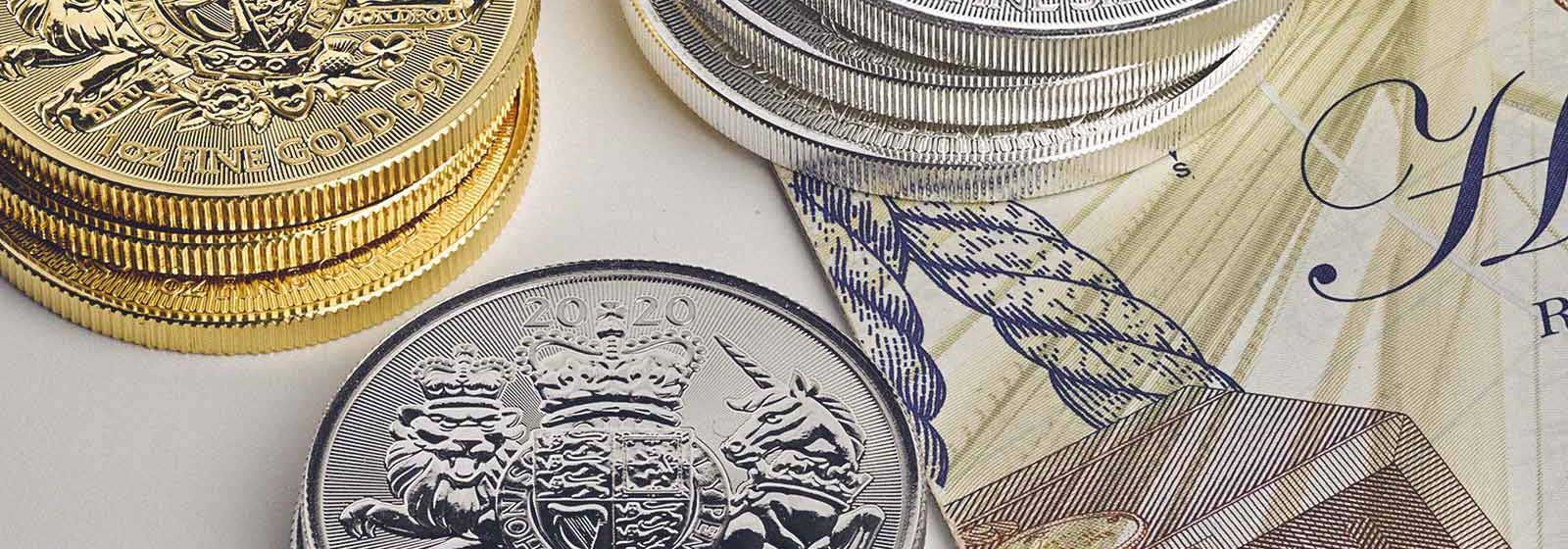When it comes to investing, two precious metals have historically captured the attention of investors: gold and silver. Each metal carries its unique allure and potential benefits, making the decision of which to invest in a complex one. In this article, we will delve into the key factors that differentiate gold buyers as investment options, providing a thorough analysis that aims to guide you in making an informed decision.
Understanding Gold as an Investment
Gold has been considered a store of value for thousands of years. Its unique properties, including scarcity, durability, and malleability, have made it a sought-after asset. As a result, gold serves not only as jewelry and a form of currency but also as a hedge against economic uncertainty. The intrinsic value of gold is evident during times of inflation and geopolitical instability, where it tends to retain or even increase its value.
One of the most significant advantages of gold is its low correlation with other asset classes, such as stocks and bonds. This means that when the stock market is volatile, gold often acts as a safe haven. For example, during the 2008 financial crisis, gold prices surged as investors flocked to this reliable asset. Furthermore, central banks worldwide often hold gold as part of their reserves, adding to its legitimacy and demand.
In terms of market dynamics, gold’s value is influenced supply and demand, as well as investor sentiment. Global economic indicators, currency strength (particularly the U.S. dollar), and interest rates all play critical roles in determining the price of gold. When interest rates are low, the opportunity cost of holding gold diminishes, making it a more attractive investment.
Exploring Silver as an Investment
While gold often steals the spotlight, silver also holds substantial investment potential. Silver is not just a precious metal; it is also an essential industrial commodity used in various applications, including electronics, solar panels, and medical devices. This dual nature as both an investment and an industrial metal gives silver a unique position in the market.
One of the key benefits of investing in silver is its lower price point compared to gold, making it more accessible for a broader range of investors. This affordability often translates to higher volatility; silver prices can swing dramatically, providing both risk and reward. In times of economic expansion, increased industrial demand can drive silver prices higher, often outperforming gold.
Moreover, silver possesses historical significance as a form of currency, with many cultures using silver coins as money for centuries. This intrinsic value can provide a level of comfort for investors looking to diversify their portfolios.
Comparative Analysis of Gold and Silver Investments
When evaluating gold and silver, it is crucial to consider market behavior, investment returns, and liquidity.
Market Behavior
Gold often behaves differently than silver in response to economic events. For instance, during periods of economic turmoil, investors tend to flock to gold as a secure store of value. In contrast, silver may experience price declines during the same period due to its industrial applications being affected economic slowdowns. Thus, while gold tends to be more stable, silver may offer greater opportunities for price appreciation during economic recoveries.
Investment Returns
Historically, gold has provided a more consistent return compared to silver. While silver can offer significant gains, especially during bullish market conditions, it can also suffer substantial losses. Investors seeking stability may prefer gold for its long-term value retention, whereas those looking for higher short-term returns might find silver appealing.
Liquidity
Both gold and silver are highly liquid assets, but gold is generally more liquid due to its universal recognition and demand. Gold can be bought and sold in various forms, including coins, bars, and ETFs, making it relatively easy to convert into cash. Silver, while still liquid, may not always provide the same level of ease in transactions, particularly when dealing with larger quantities.
Investment Strategies: Gold vs. Silver
When contemplating which metal to invest in, it is essential to consider your investment strategy.
For those interested in long-term wealth preservation, gold is often viewed as the superior option. Its established role as a safe haven asset makes it ideal for individuals looking to protect their wealth from inflation and economic uncertainty.
On the other hand, if you are willing to accept a higher level of risk for potentially greater rewards, silver may align better with your investment objectives. Its volatility can create opportunities for higher returns, particularly in a booming economy.
Additionally, diversifying your investments across both metals can provide a balanced approach, allowing you to capitalize on the strengths of each asset class while mitigating potential risks.
Future Outlook for Gold and Silver Investments
The future of both gold and silver investments remains a topic of debate among experts. Many analysts predict that both metals will continue to play a vital role in investment portfolios. Factors such as global economic conditions, monetary policy, and technological advancements will significantly influence their performance.
In the context of rising inflation rates and global economic uncertainty, gold is likely to maintain its position as a reliable safe haven. As central banks increase their gold reserves to hedge against economic instability, demand for gold may continue to grow.
Silver, driven its industrial applications, may also see increased demand, particularly in the context of green technologies and renewable energy. As countries invest in solar energy and electric vehicles, silver’s role in these technologies could boost its value, making it a compelling investment.
Conclusion: Making the Right Choice for Your Investment Portfolio
In conclusion, whether is gold or silver a better investment largely depends on your individual financial goals and risk tolerance. Gold provides stability, historical significance, and a hedge against economic downturns, while silver offers potential for higher returns and accessibility.



